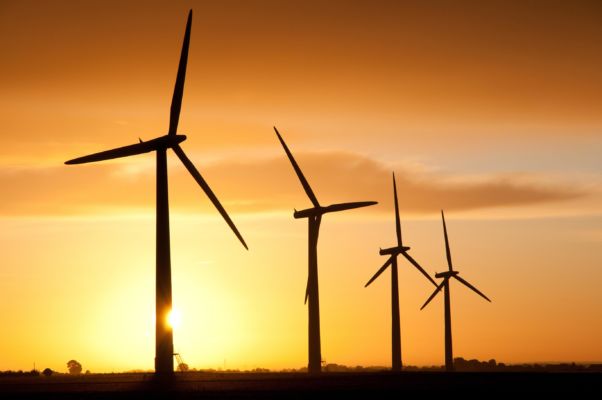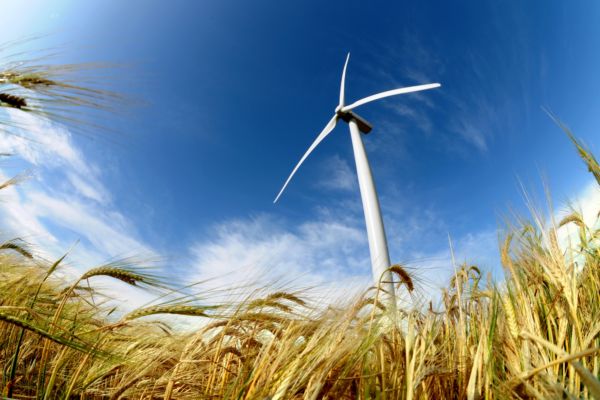O&M costs are an unavoidable but expensive necessity for wind farm operators. And without opting for a solid predictive maintenance plan, operators may not be able to identify machinery faults that might lead to huge problems down the line. However, statistics offer key insights into wind turbine performance and could potentially provide the industry with information that could reduce costs by millions in the future.
Approximately 75% of onshore wind turbines have been in operation for less than ten years. These relatively new machines have potentially many years of use ahead of them and will inevitably experience wear. As the components age, they will ultimately deteriorate and therefore require maintenance. This could be especially problematic if that occurs outside of the warranty period.
Condition monitoring as important as ever
Condition monitoring goes a long way toward providing operators with a picture of machine health and is crucial in modern turbines. It presents important information relating to a machine’s condition and functionality. Analysis and communication of the relevant data make it possible to plan maintenance in advance. But what factors should be assessed for a comprehensive understanding of wind turbine health?
Vibration data shows condition of core components
Vibration data provides incredibly valuable information on wind turbine health. Statistics relating to main components, such as the generator, gearbox, main shaft, and rotor bearings are recorded by acceleration sensors. When conditions fluctuate to undesired levels, alerts can be triggered to notify operators of potential issues. Parameters can be set by an engineer so that alerts are only triggered when necessary.
Furthermore, wind turbines generate incredible volumes of data. An average geared wind turbine will contain roughly eight sensors producing around three measurements each: 24 indicators in total. Over a year, this equates to approximately 9,000 values to analyze per day from a single turbine alone. Without employing statistical modelling, it is practically impossible to make sense of the results.
Historical data displays clear patterns
In order to make practical use of the data, operators must check which factors are comparable from one turbine to another. By sifting through information collected over many years, the wind power industry can determine clear patterns on machine functionality – providing background information for any new turbine that is installed.
And as the pool of information on wind turbine functionality increases over time, so too will the ability to use this data to better understand machine health and performance patterns. In some cases, there are even records spanning the whole lifecycle of a turbine – potentially going back to when it was first installed.
Statistics compliment traditional diagnostics
Using this statistical approach can enhance the capabilities of traditional diagnostics by drawing attention to potential issues more quickly – enabling engineers to efficiently identify which turbine in a wind farm needs further analysis. And this technique is being further developed in order to provide more accurate insights into how to reduce O&M costs. By capturing more and more data, the pool of knowledge and understanding of functionality increases.
Efficiency is vital for reducing costs
Overall, the development of statistical analysis for wind turbine O&M will offer many benefits to wind farm operators in years to come. Notifications to issues are likely to become more precise, only alerting to factors that will have a detrimental effect on machinery. Every last bit of efficiency is vital in taking O&M to the next level by reducing costs and enabling wind farm operators to make their maintenance programs more effective.



